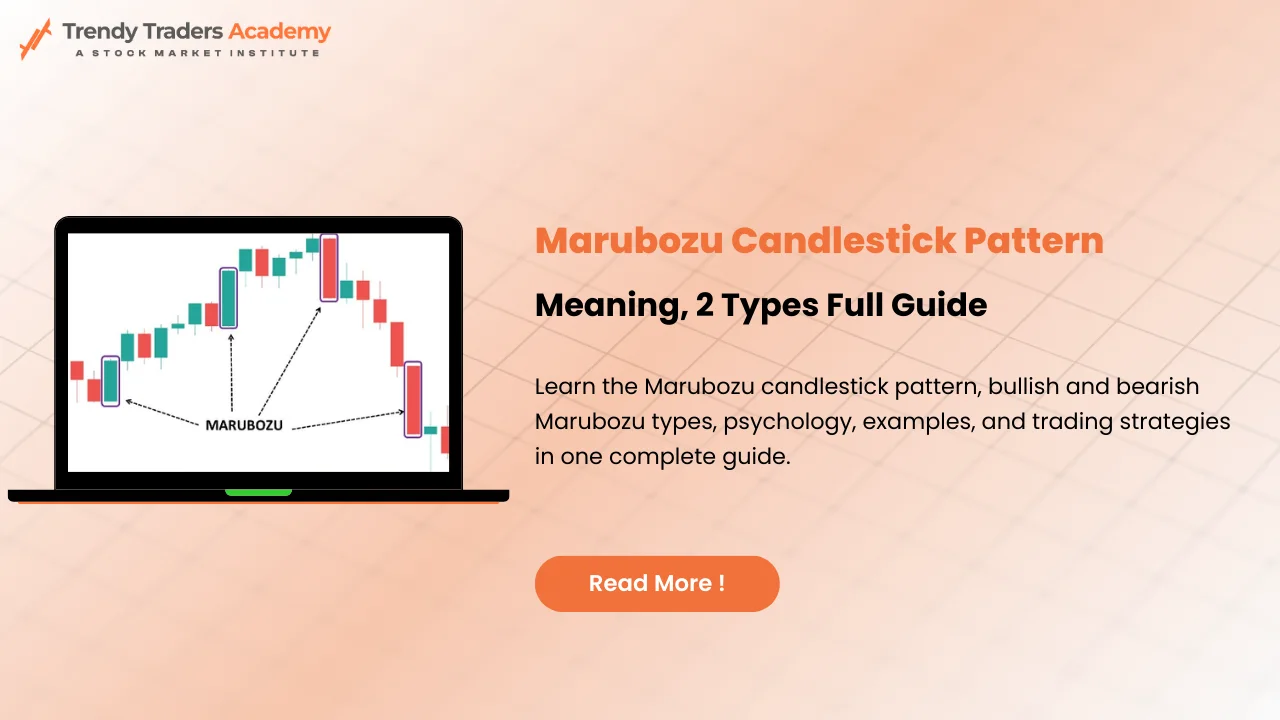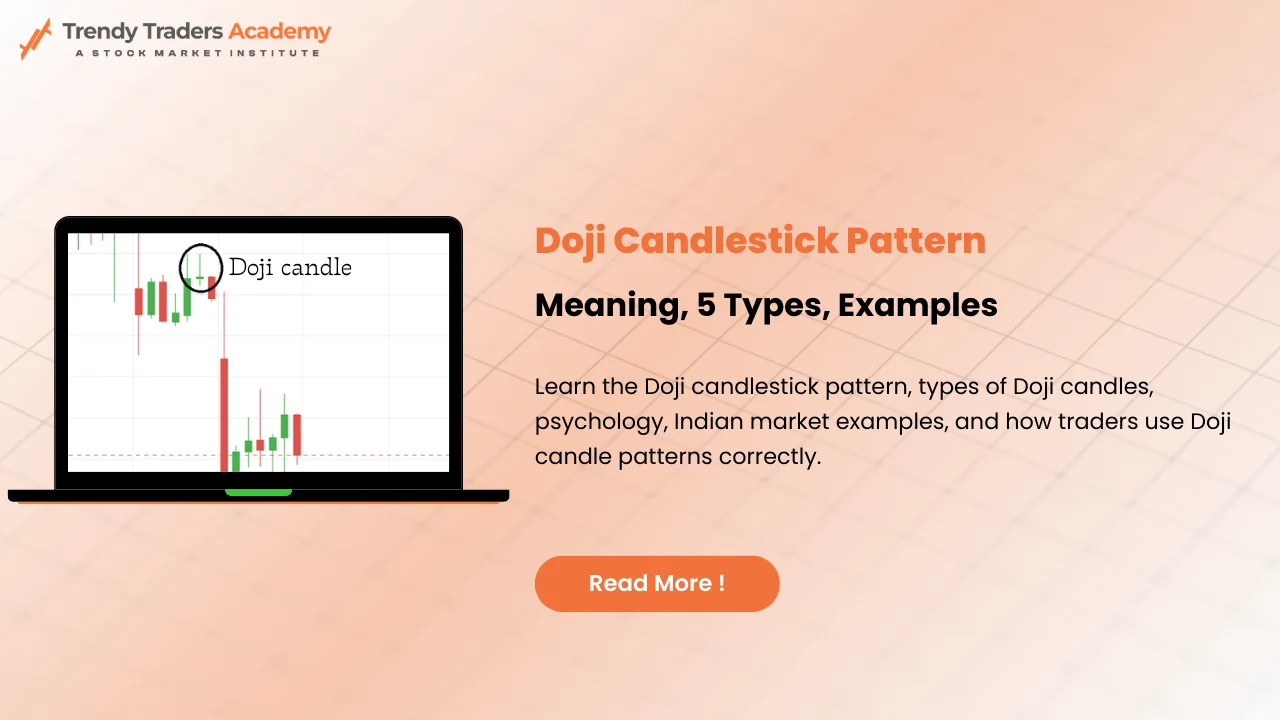
Demand and Supply Trading in India
Demand and supply trading is one of the strong trading techniques that is based on the price changes as a result of the imbalance between buyers and sellers. Being straightforward and rather accurate, it is applied by Indian traders in stock, commodities, forex, and cryptocurrency trading. The nature of the price change can be observed by the identification of the demand zones where there are more buyers and the supply zones where there are more sellers in order to avoid pitfalls resulting from fluctuations in the market.
It is a well-suited strategy if you are a beginner in the stocks trading as well as if you are an experienced trader since no technical indicators are used in this strategy based essentially on the price movement and history.
What is Demand and Supply Trading?
Thus, fundamental analysis is the attempt to determine a company’s exact value with the help of its indicators. Such factors as revenues, gross and net profits, debts, the position of the stock in the acting market, and growth opportunities determine the shares’ value.
- Demand Zone: A specific price level at which there are many buyers for the asset and few sellers resulting to the continual upward trend of the price due to its high demand.
- Supply Zone: Such as a price floor level or an area where buying interest dominate the price over selling interest.
These Work zones can be detected using price graph from a chart indicating the movement of the chart and the prior movements that may be made by the trader to help him identify the zones of reverse or continuations.
How Demand and Supply Influence Price Movements
The principle that governs the trades under the demand and supply trading strategy is fairly straightforward.
When demand increases: Prices goes up because more customers are available to bid for the available stocks.
When supply increases: Price drop as there’s stockpiling of assets by suppliers thus brief demand by buyers.
This understanding gives the trader points of where the prices are likely to change and then allows for the buying and selling points.
Step-by-Step Supply and Demand Trading Strategy
1. Identify Demand Zones
Demand zones are points on the chart which are identified as potential levels of price bouncing back after the downward trend.
- There are typical patterns of price movement of a particular security that comes in the form of a rise or a downward movement that follows a period of range bound trading or sideways movement.
- These areas should be circled in the chart as possible points of purchase for future trade.
2. Identify Supply Zones
Supply zones, also termed as price supply levels, refer to the locations in the price chart where a price has retraced in the past from a inclined plane after a significant up move.
- One of them is a technical analysis approach where the emphasis is put on the downward movements of price that is preceded by the consolidation.
- Circle those areas with the possible selling zones which may be used for future trades.
3. Confirm Market Activity with Indicators
Although the areas of demand and supply are useful in understanding the market, use technical tools to validate trends.
- Relative Strength Index (RSI): It assists in establishing where the supply zone is near or beyond the asset’s price level and the demand zone below the asset price level.
- Candlestick Patterns: It is necessary to search for reversal candlestick patterns at the supply and demand zones such as Dojis or Engulfing patterns.
4. Plan Trades and Manage Risks
Buy near demand zones: This is referring to near demand zones; ensure that you buy commodities, stocks, or any product when the price is at its high pointing towards a demand zone.
Sell near supply zones: Enter short positions when the price of the asset is near a supply zone.
Use stop-loss orders to mitigate risks in case the price doesn’t behave as expected. Employ these stop-loss orders in cases where the price deviates as required to minimize on risks.
5. Practice Discipline
Do not be hasty and be keener to take your trading plan to the market. Allow the price action to speak for itself and do not jump straight into something you entirely do not understand.
This paper is about explaining Demand zone and supply zone where we shall bore out the real sense of both ideas.
Demand Zone and Supply Zone Explained
Demand Zone
Shows a potential market with a high degree of stock demand.
Below the current price in the market.
It may provide support to the prices in that they are likely to rise upwards based on buying presence.
Supply Zone
Symbolizes a zone of high trading activity of the advertised items.
It means that it is priced higher than the existing market price.
Pricing level at which it can act as a resistance level because it causes the prices to drop due to the activity of sellers.
Benefits of Demand and Supply Trading
In general, supply and demand in trading provides several benefits to the traders which include the following:
Simplicity: Information that is clear and plain as a way of avoiding the use of complicated technical jargons.
Predictive Insights: It assists traders in anticipating new trends and trends of continuation within the same trend.
Adaptability: May be used for stock, commodity, forex and cryptocurrency trading.
Efficient Risk Management: Facilitates setting stop-hunt and take-profit levels at the borders of the identified supply and demand areas.
Challenges of Supply and Demand Trading
Thus, while highly useful, this approach has some drawbacks:
Subjectivity: Different individuals may identify regions and amount of demand and supply differently and thus get a different variety of results.
Market Noise: Fluctuations in price may be the result of transient market conditions or sheer speculation.
Long Wait Times: Some price levels may take a while to get to the demand or supply levels depending on the market.
Example of Demand and Supply Trading
Scenario: Stock Market Trade
It only seems reasonable to trade a stock of a company that has recently oscillated between a price of ₹150 and ₹200.
Demand Zone: It can also be seen that demand zone of ₹150 was a significant level where buyers entered and exerted pressure on the prices to go upwards.
Supply Zone: ₹200, where the sellers began to unload their stocks and this led to the downfall of the prices.
Steps to Trade
It is possible to purchase the stock at the price above the demand zone at ₹150 expecting an increase in the price.
Selling the stock near the supply zone at ₹200 prevents losses and ensures some of the profit is preserved.
Invest using a stop-loss at ₹145 in case of any probability of a sharp decline in the stock price.
Demand and Supply Trading in India
Sensing that the phenomenon of supply and demand in trading is assuming a significant importance in the Indian securities market, Sensing that the phenomenon of demand and supply trading is assuming a significant importance in the Indian securities market, this paper makes an effort to present a detailed discussion on the topic on behalf of Indian investors.
In India, supply and demand in trading is prevalent in most of the trading arenas of the financial markets.
Stock Market: Traders place zones, daily or weekly, in determining the price ranges of shares in NSE and BSE.
Forex Market: One of the many ways to trade the financial markets and specifically currencies such as USD/INR, EUR/INR etc is through the use of demand and supply zones.
Commodity Trading: This is in particular identifying the zones on commodities or assets such as crude oil or gold or silver, for example, with an aim of benefiting from the fluctuating price.
Cryptocurrency: Identifying the best time to buy, for example, Bitcoin or Ethereum, or any other asset with the help of demand and supply indicators.
Tools for Demand and Supply Trading
To improve the effectiveness of this strategy, the following aspects are used by the traders:
Charting Software: Platforms like TradingView and Zerodha Kite to analyze price movements.
Technical Indicators: RSI, moving averages, and Bollinger Bands to confirm trends.
Trading Journals: Keep records of past trades to refine zone identification techniques.
Conclusion
supply and demand in trading is a powerful yet straightforward strategy for Indian traders. By identifying demand zones and supply zones, traders can predict price movements, plan profitable trades, and minimize risks. Although challenges like subjectivity and market noise exist, with practice and discipline, this strategy can become a cornerstone of successful trading.
Also Read : Ather Energy IPO GMP, Price, Date & Allotment Details (2025)
Also Read: What is Stop Loss in Share Market?
FAQ'S
What is Supply and Demand Trading ?
This method begins by studying the economy followed by moving down to the business industry and ends with evaluating a single company. Analysis of particular companies precedes industry and economic trends during the bottom-up approach.
What are Supply and Demand Zones ?
- Supply Zone: A price area where selling pressure outweighs buying pressure, causing the price to fall.
- Demand Zone: A price area where buying pressure exceeds selling pressure, causing the price to rise.
How Do You Identify Supply and Demand Zones ?
To identify these zones:
- Look for strong price movements away from a price area.
- Identify consolidation areas before such moves.
- Measure the strength of the move; stronger moves indicate more significant zones.
Wait for a retest of the zone for potential trading opportunities.
How Does Supply and Demand Trading Differ from Support and Resistance ?
Supply and demand zones find their basis in buyer-seller imbalance yet support and resistance levels represent points which price has reversed several times.
Why is Supply and Demand Trading Effective ?
Price movements result primarily from the difference in number of buyers versus sellers according to this strategy. Predicting market price reversals becomes possible through the identification of these imbalances between buyers versus sellers.
Can Supply and Demand Trading Be Used Across All Markets ?
Yes, supply and demand trading principles can be applied to various markets, including forex, stocks, commodities, and cryptocurrencies.
What Are Common Mistakes in Supply and Demand Trading ?
- Misidentifying zones due to lack of clear price movement.
- Ignoring the importance of volume in confirming zones.
- Not waiting for price to return to the zone before entering a trade.










